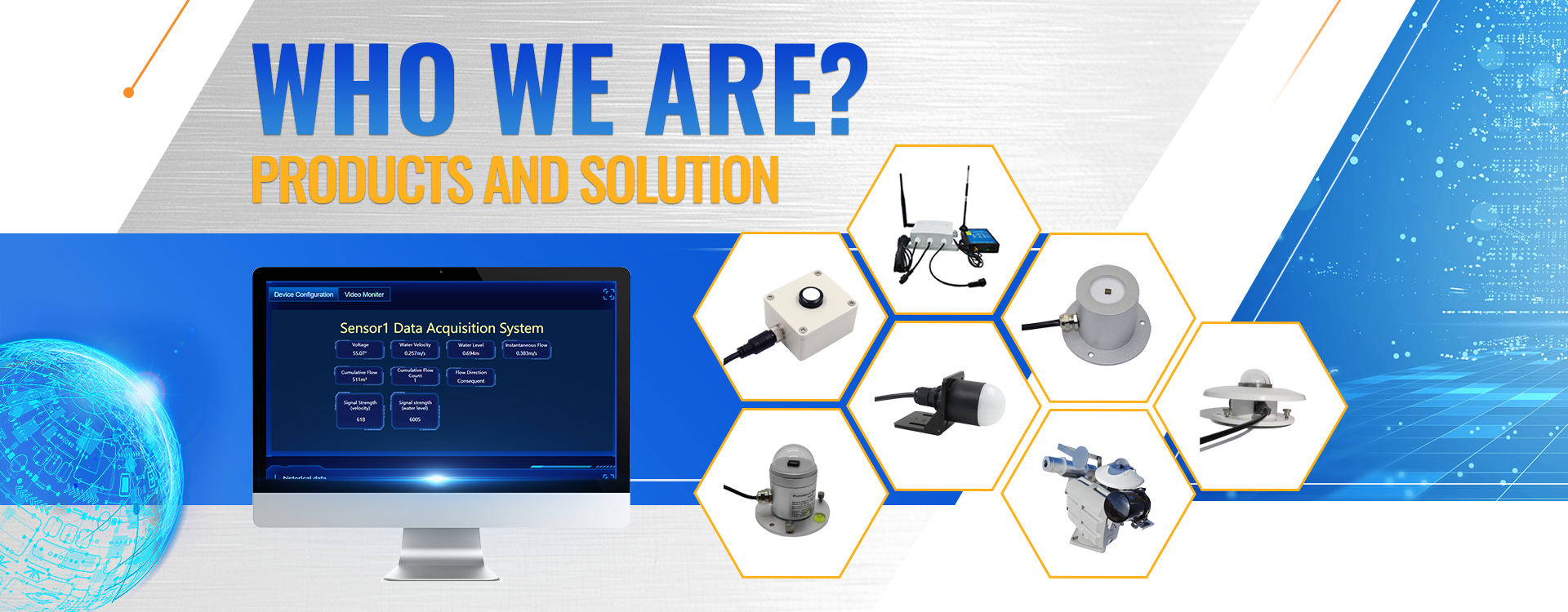In the era of renewable energy, solar energy, as a clean and renewable source of energy, has received increasing attention. To effectively monitor and evaluate the utilization efficiency of solar energy, solar radiation sensors have become important tools. However, the wide variety of solar radiation sensors on the market has left many consumers confused. Here are some suggestions for choosing professional solar radiation sensors.
Measurement range
When choosing a solar radiation sensor, the first thing to consider is its measurement range. Different sensors may measure different types of solar radiation, including:
Global radiation: Measures solar radiation from all directions.
Direct radiation: Only the radiation directly exposed to the sun is measured.
Scattered radiation: Measures radiation scattered by the atmosphere.
According to application requirements (such as solar panel optimization, meteorological research, etc.), select sensors that support the required measurement range.
2. Sensor type
Solar radiation sensors are mainly divided into several types. The most common ones include:
Photoelectric sensor: Based on the principle of the photoelectric effect, it converts light energy into electrical signals and is suitable for general solar radiation monitoring.
Thermal radiation sensor: It measures the temperature changes caused by radiation through a thermosensitive element and is suitable for high-temperature environments and long-term monitoring.
Select the appropriate type of sensor based on application requirements and budget.
3. Accuracy and sensitivity
Accuracy and sensitivity are the key factors to be considered when choosing a solar radiation sensor. High-precision and high-sensitivity sensors can provide more accurate solar radiation data, which is crucial for research and application. When comparing different products, check their technical specifications to ensure that the selected sensor meets the required accuracy standards.
4. Data transmission and compatibility
Modern solar radiation sensors typically support multiple data transmission methods, such as:
Wi-Fi: It can transmit data to the cloud in real time, facilitating remote monitoring.
Bluetooth: Suitable for data transmission over short distances.
Wired connection: Used in situations where a stable connection is required.
When making a selection, ensure the compatibility of the sensor with existing equipment or monitoring systems to facilitate data integration and analysis.
5. Price and After-sales Service
The prices of solar radiation sensors vary greatly. Consumers need to make a reasonable choice based on their budget when making a selection. At the same time, choosing a brand that offers good after-sales service can ensure that necessary support and maintenance are obtained during subsequent use.
Conclusion
When choosing a solar radiation sensor, it is crucial to understand your specific needs. By taking into account factors such as measurement range, sensor type, accuracy, data transmission function and after-sales service, you can choose a high-performance solar radiation sensor that suits you. This not only helps to enhance the efficiency of solar energy utilization, but also provides important data support for climate research and environmental monitoring.
With the development of renewable energy technology, the application of solar radiation sensors will become increasingly widespread. It is hoped that all users can promote the development of renewable energy through scientific and reasonable choices and contribute to a sustainable future.
For more sensor information, please contact Honde Technology Co., LTD.
WhatsApp: +86-15210548582
Email: info@hondetech.com
Company website: www.hondetechco.com
Post time: Aug-17-2025


